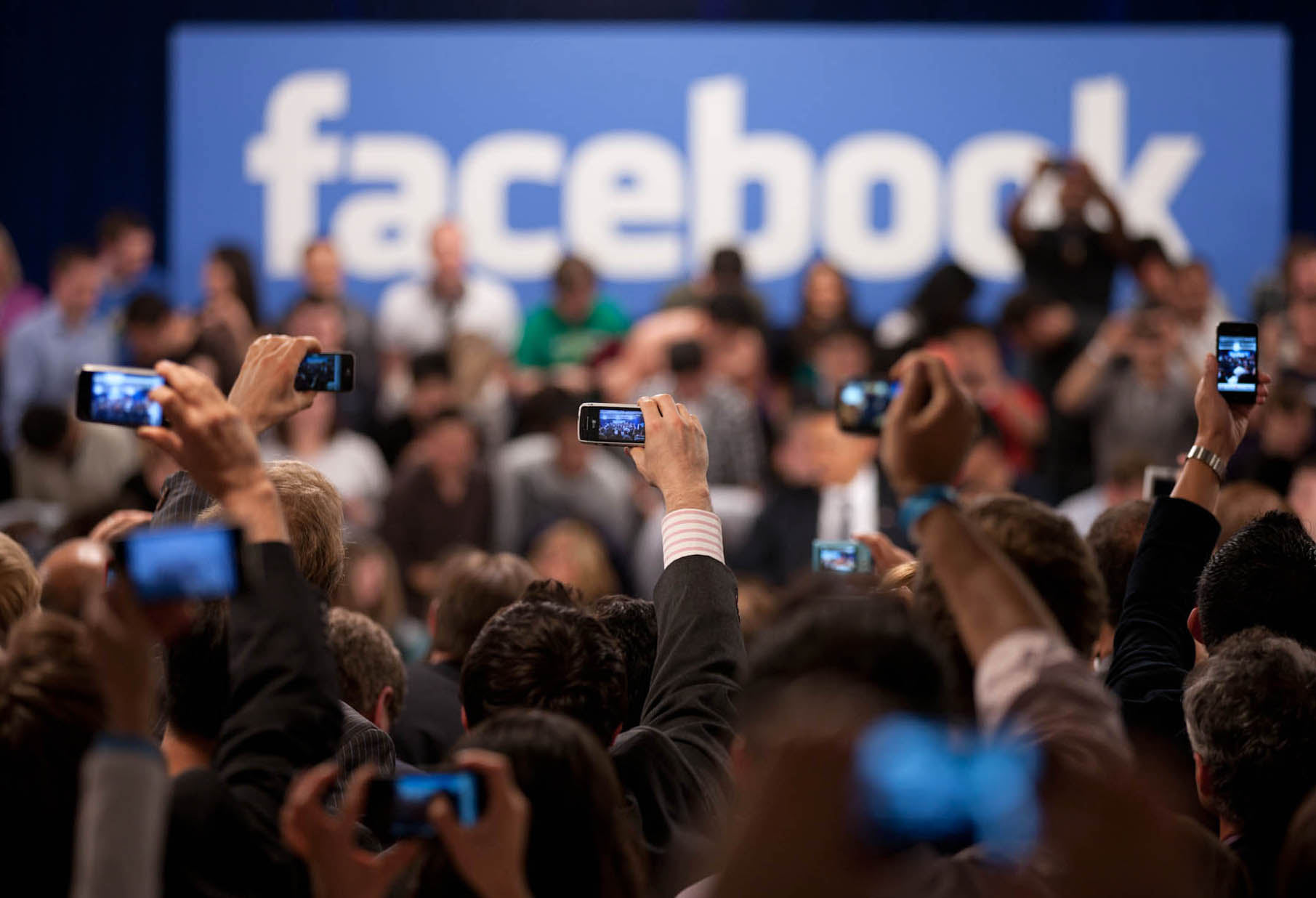AT AN EVENT FOR ELITE EDITORS and media executives in Palo Alto last week, Facebook CEO Mark Zuckerberg dealt familiar bromides about how he sees his company’s “responsibility in news.” According to a widely circulated piece by The Atlantic’s Adrienne LaFrance, Zuckerberg said Facebook should be “making sure people can get trustworthy news” and “building common ground in society.”
LaFrance’s piece takes aim at his proposal to have users rank news outlets by “trustworthiness,” and the company’s unwillingness to pay for it. To the question of whether or not Facebook could fund publishers to license their stories, Zuckerberg answered, “Yeah, I’m not sure that makes sense.” Instead, according to LaFrance, he alluded to “the need for [a] government subsidy of American journalism.”
In invoking government money for journalism, Zuckerberg was likely evading responsibility for the damage his company and other social media platforms have done to the journalism industry. But a government subsidy for journalism is not a bad idea, or even unprecedented in the US. In fact, it was a crucial factor in enabling democratic debate. As I wrote last year, it could be useful in reviving local journalism, especially the investigative and accountability work that many communities are lacking in the digital age.
The advertising business model for journalism only gained traction 150 years ago. As journalism scholars Robert McChesney and John Nichols write in their 2009 book, The Death and Life of American Journalism, “While there were rollicking disagreements about the character and content of the post-colonial press in America, the one universally accepted premise was that the government needed to heavily subsidize the creation and development of the press if the constitutional system were to succeed.” In their telling, at the turn of the 19th century, there wasn’t a disagreement as to whether the press should be subsidized, but rather how much it should be.
From the 1790s onward, news publications received a postal subsidy that slashed as much as 90 percent off postage fees. This subsidy was nonpartisan and applied to all newsprint being transported via mail. Other research suggests that some newspapers even traveled through the postage system for free. During this time, the post office and post roads were rapidly expanded to accommodate all of the mail—close to 95 percent of which was newspapers and pamphlets. Americans from all over the country took advantage of access to widely available non-local publications, which furthered the development of US politics and political thought.
Many newspapers of that era were funded by political parties and interest groups. And likewise, the State Department, for its part, gave generous subsidies to both state and federal newspapers—often selected in ways that were both partisan and political—by purchasing space to alert citizens of laws and government notices. While the legacy of this effort was mixed (critics called it the “dark age” of American journalism due to its political nature), McChesney and Nichols argue that this subsidy program supported at least two or three competing publications, in every state. As one journalism historian, John Nerone, who is quoted in the book, elaborates, “partisan newspapering was ideologically tolerable or attractive only because the system made it possible for competing newspapers to exist in small markets that ordinarily would have trouble supporting more than one.”
The postal subsidy, however, was met with resistance in the south. The co-authors note that slaveholders loathed the postal subsidy because it was instrumental in changing the ideological climate around slavery. Newsprint, especially from the north, was often censored by southern authorities. One historian, Elizabeth Hewitt, describes how anti-censorship became a “rallying cry in both anti southern and abolitionist literature.”
As the Civil War approached, the rise of the industrial economy and the arrival of advertising made the newspaper industry financially viable. By 1860, government printing contracts had ended with the emergence of a Government Printing Office to release government documents, and the State Department concluded its subsidy program in 1875. McChesney and Nichols argued that advertising paved the way for a consolidation of the industry: Advertisers are bound to spend the most in papers with the largest readership, which means less revenue for smaller publications and marginal viewpoints.
Today, the United States trails far behind many of its industrialized counterparts in supporting the press. It spends less than $1.50 per capita on public broadcasting. This includes partial funding for services like NPR and PBS, which are often faced with the threat of budget cuts. In contrast, countries like Denmark and Finland spend nearly $100 per citizen on publically supported media; the UK, which Zuckerberg alluded to on Tuesday, spends as much as $80 per capita on media. The co-authors suggest there is a direct correlation between a government-supported press and higher levels of democratic participation, a larger and more diverse population consuming the news, and less government corruption. Zuckerberg even alludes in a Facebook post to a study that suggests “local news is directly correlated with civic engagement.”
The journalism subsidy of the past may not be easy to replicate today—nor would we necessarily want it. But it illustrates the tension between the free press and the market—the same friction that Facebook is encountering now, and which Zuckerberg’s invocation of a journalism subsidy aims to reconcile.
Zuckerberg’s hint at government intervention may reveal that he better understands the problems facing local news than he did in the past, but it also tells us he still has no intention of substantively addressing them. Even while he shirks responsibility, Zuckerberg could be right—journalism subsidies, historically, were central to bolstering the American democratic experiment.
Will Meyer is a writer and musician. He is editor of The Shoestring, a local online publication in Western Massachusetts. Follow him on Twitter @willinabucket.

